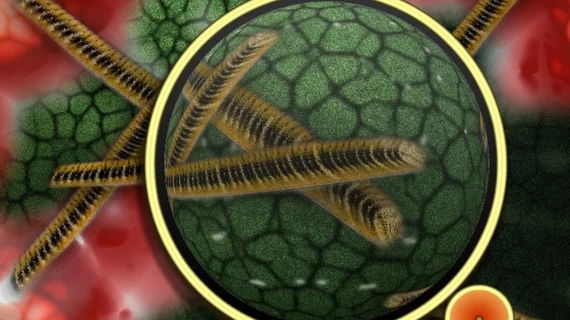New PET tracer could boost detection of bacterial heart infections
A novel positron emission tomography (PET) radiotracer could improve upon current methods for identifying bacterial heart infections, according to a presentation at the annual meeting of the Society of Nuclear Medicine and Molecular Imaging in Philadelphia.
Stanford University researcher Mirwais Wardak, PhD, and colleagues developed 6"-[18F]Fluoromaltotriose, a PET tracer that highlights bacterial cells using the maltodextrin transporter. The researchers tested the tracer in mice with induced endocarditis, and those mice demonstrated a 2.5-fold higher average tracer uptake in their aortic valves than healthy counterparts.
“The results of this research overcome several fundamental limitations of current methods and promise to significantly impact the clinical management of patients suffering from diseases of bacterial origin,” Wardak said in a press release. “We believe that 6"-[18F]Fluoromaltotriose PET/CT will play a vital role in the detection and monitoring of bacterial infection in patients, for example as a result of cardiovascular infection, infection after surgery, medical device-related infections, fever of unknown origin, etc. We also believe that PET imaging with 6"-[18F]Fluoromaltotriose will be helpful in the assessment of antibiotic therapy.”
Read more from Radiology Business below:

